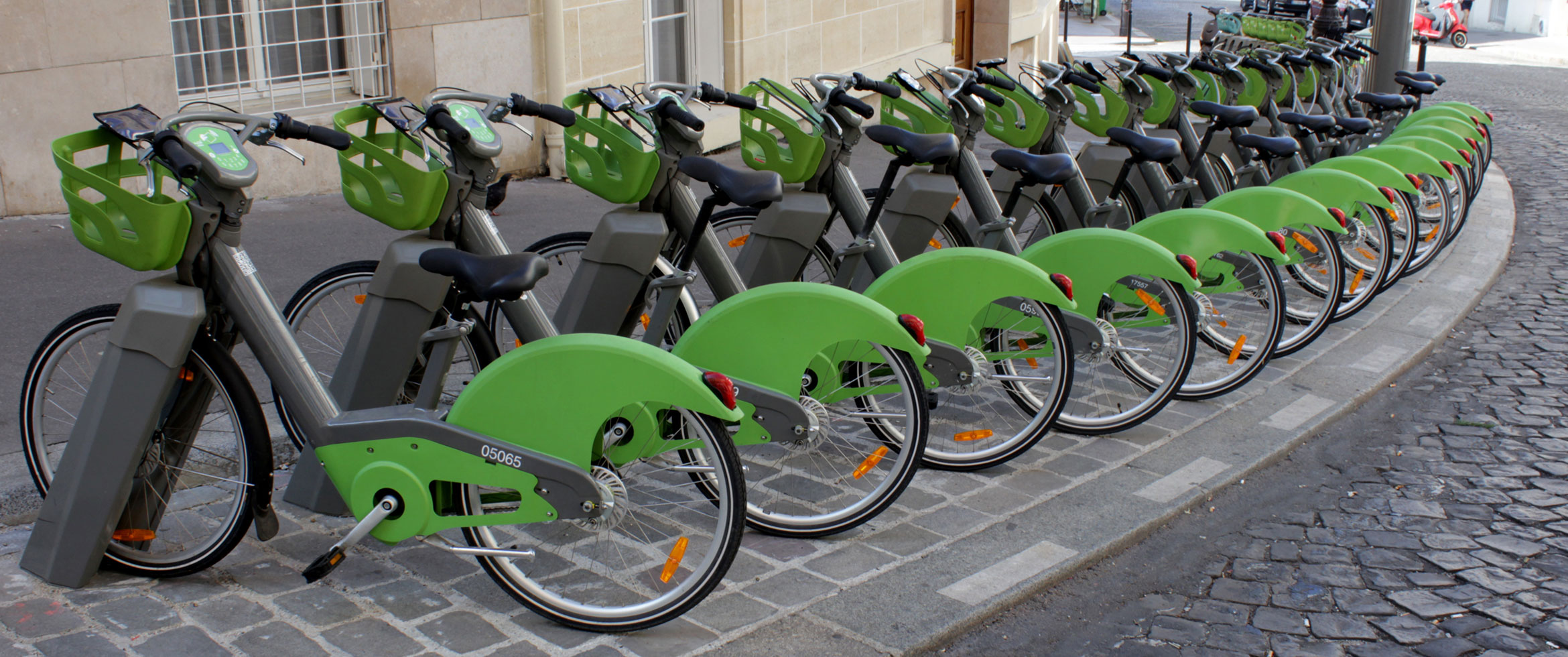The Relationship Between the Built Environment and Nonwork Travel
Cao, X., Mokhtarian, P. L., & Handy, S. L. (2009). The relationship between the built environment and nonwork travel: A case study of Northern California
An Exploration of Household Response to Personal Travel Carbon-Reduction Targets
Tight, M., Vicat, A., Bristow, A., Pridmore, A., & May, A. (2007). An Exploration of Household Response to Personal Travel Carbon-Reduction Targets. International Journal of Sustainable Transportation, 1(3), 143-159.
Travel Socialization: A Social Theory of Travel Mode Behavior
Baslington, H. (2008). Travel Socialization: A Social Theory of Travel Mode Behavior. International Journal of Sustainable Transportation, 2(2), 91-114.
Factors Influencing the Decision to Drive or Walk Short Distances to Public Transport Facilities
Walton, D. & Sunseri, S. (2010). Factors Influencing the Decision to Drive or Walk Short Distances to Public Transport Facilities. International Journal of Sustainable Transportation, 4(4), 212-226.
School Travel Plans: Overcoming Barriers to Implementation
Baslington, H. (2008). School travel plans: Overcoming barriers to implementation. Transport Reviews, 28(2), 239-258.
Commuting by Bicycle: An Overview of the Literature
Heinen, E., van Wee, B., Maat, K. (2010). Commuting by bicycle: An overview of the literature. Transport Reviews, 30(1), 59-96.
Attitude-Based Target Groups to Reduce the Ecological Impact of Daily Mobility Behavior
Hunecke, M., Haustein, S., Böhler, S., & Grischkat, S. (2010). Attitude-based target groups to reduce the ecological impact of daily mobility behavior. Environment and Behavior, 42(1), 3-43.
Students' Perceptions of Difficulties in Cycling to School in Urban and Suburban Taiwan
Chang, H.-W., Chang, H.-L. (2008). Students' perceptions of difficulties in cycling to school in urban and suburban Taiwan. Transportation Research Record, (2060), pp. 123-130.
What Affects Use of Pretrip Public Transport Information?: Empirical Results of a Qualitative Study
Farag, S., Lyons, G. (2008). What affects use of pretrip public transport information?: Empirical results of a qualitative study. Transportation Research Record, (2069), pp. 85-92.
Market segmentation analysis using attitudes toward transportation exploring the differences between men and women
Beirão, G., Cabral, J.S. (2008). Market segmentation analysis using attitudes toward transportation exploring the differences between men and women. Transportation Research Record, (2067), pp. 56-64.



